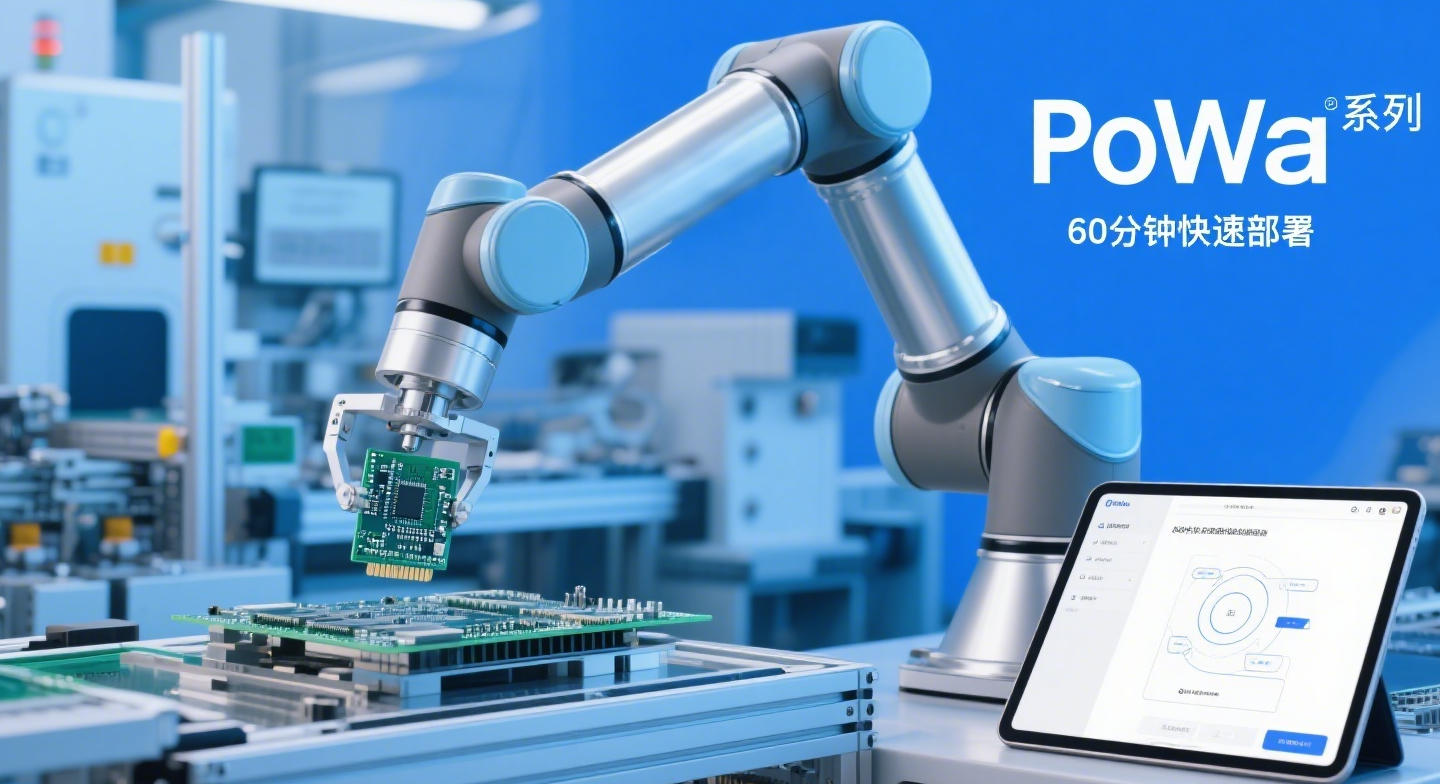Recently, ABB, a global leader in industrial technology and automation solutions, officially unveiled three cutting-edge robot series at its state-of-the-art Shanghai Robotics Superfactory in Pudong. This strategic product launch aims to further expand ABB's comprehensive product portfolio, specifically tailored to address the escalating automation demands of China's rapidly evolving advanced manufacturing sector. The introduction of these innovative robots not only underscores ABB's long-term commitment to deepening its presence in the Chinese market but also reinforces its role as a driving force behind the digital transformation of intelligent manufacturing globally.
All three new robot series are proudly manufactured locally at ABB's Shanghai Superfactory, a $150 million facility that commenced operations in late 2022. Equipped with advanced digital manufacturing technologies, flexible production lines, and a regionally optimized supply chain, the superfactory has established a robust foundation for ABB's localized innovation and rapid response capabilities. The newly launched robots target high-growth industries including electronics manufacturing, consumer goods production, and general industrial applications, covering a diverse range of automation scenarios—from basic material handling and logistics automation to precision tasks such as glue dispensing, surface polishing, and assembly operations.
A standout among the new releases is the PoWa collaborative robot series, exclusively designed for the Chinese market to meet the unique needs of local manufacturers. This game-changing series excels in high-speed, high-precision collaborative tasks, including rapid pick-and-place operations, automated palletizing, CNC machine tending, arc welding, and screw-driving applications. A key innovation of the PoWa series is its code-free programming interface and plug-and-play peripheral compatibility, enabling businesses to deploy the robots in just 60 minutes from unboxing to full operation. This user-friendly design significantly lowers the automation barrier for small and medium-sized enterprises (SMEs), empowering them to enhance productivity without extensive technical expertise.
At the launch event, ABB also demonstrated a groundbreaking AI-driven natural language robot teaching tool integrated with the PoWa collaborative robots. This revolutionary software combines generative AI algorithms with computer vision and analytical AI capabilities, streamlining the robot programming process through three intuitive steps: "watch, speak, and execute." The robots can autonomously perceive their environment via advanced vision systems, process voice commands in real-time through natural language processing, and translate instructions into precise movements—dramatically improving operational efficiency and reducing training time by up to 70% compared to traditional programming methods.
"China remains not only the world's largest robotics market but also a critical hub for ABB's global innovation strategy," emphasized Sami Atiya, President of ABB Robotics and Discrete Automation. "The exponential growth of China's electronics manufacturing sector, coupled with the digital transformation of SMEs, is creating unprecedented demand for accessible, user-friendly automation solutions. Our new robot series strengthens our market-leading position in integrated automation while introducing an innovative mid-market value proposition that accelerates the adoption of smart manufacturing technologies across emerging industries."
As the world's top robotics market, China accounted for over 50% of global robot installations in 2023, according to industry reports. ABB currently produces more than 90% of its robots for Chinese customers locally, ensuring faster delivery and customized support. The launch of the new robot series represents ABB's strategic response to the surging demand for collaborative robots in China—projected to grow at a CAGR of 25% through 2025—and underscores its commitment to the "In China, For China" development strategy, fostering long-term partnerships with local industries.